Pages (3 results)
Top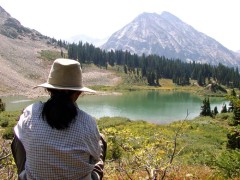
Harte Lab: Ecology & Global Change
Ecology and global change are the primary topics of research in the Harte Lab. Among the goals are: to characterize ecological feedbacks to climate change, to predict effects of global change on biodiversity, and to develop fundamental theory that predicts the structure of ecosystems across spatial scales.
Equity Diversity
Diversity, equity, and inclusion (DEI) at ERG Equity and inclusion are at the heart of our mission to provide education and research for a sustainable and just society. We aspire ... Continue Reading »
Affiliated Faculty
ERG has a small core faculty but a much larger group of affiliated faculty. Affiliated faculty are based in other departments on campus or at the Lawrence Berkeley National Laboratory, ... Continue Reading »
Students (1 results)
Top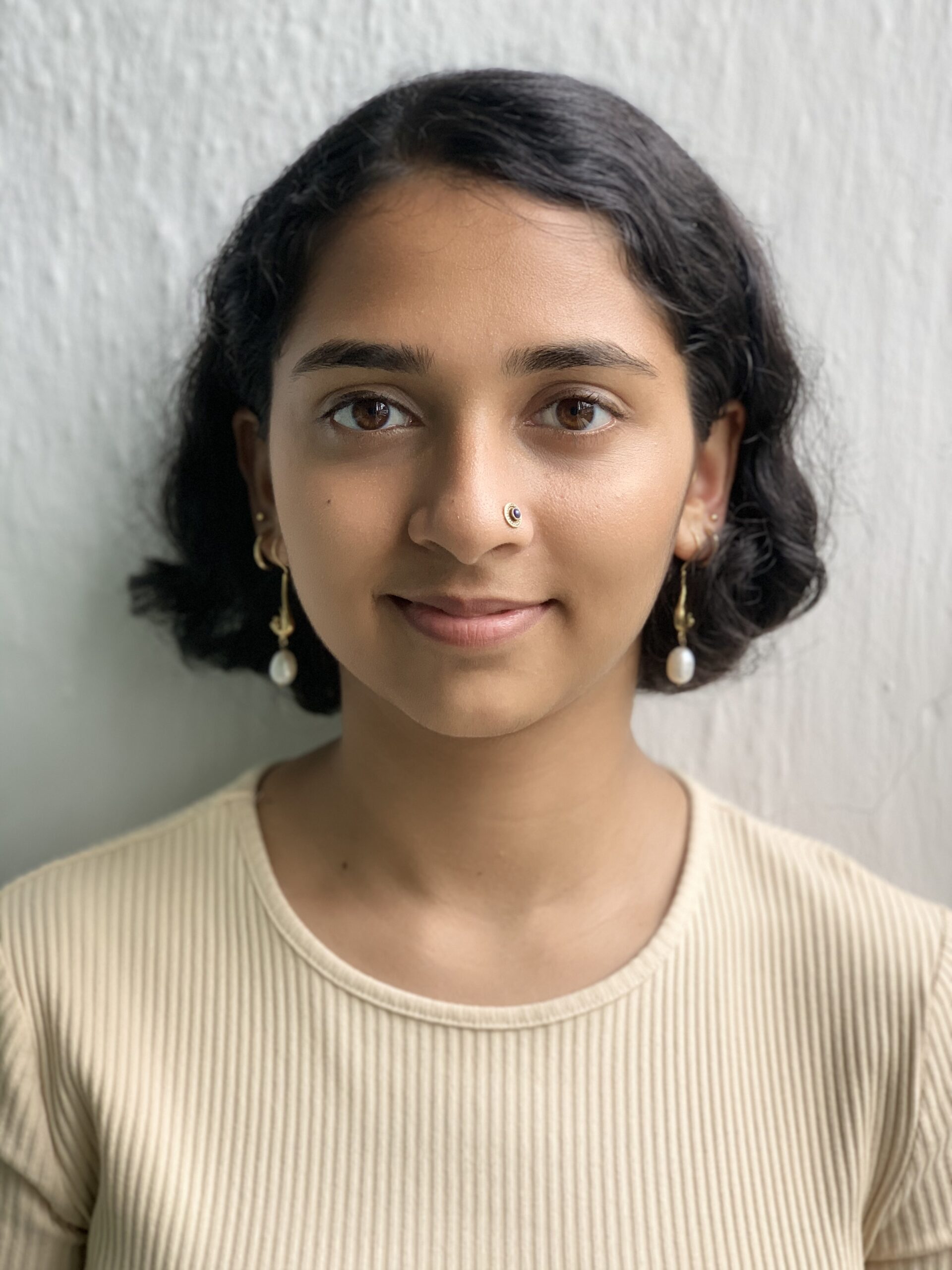
Sanjana Tadepalli
MA
Sanjana (she/her) is a Master’s student at ERG. She is interested in climate justice, participatory methods, and environmental communication. Before coming to ERG, Sanjana was a researcher at the Disaster ... Continue Reading »
- climate
- development
- disasters
- Environmental / Climate Equity
- environmental humanities
- ethics
- participation
- Science communication
Alumni (5 results)
Top
Anushah Hossain
MA, PhD
The Value of Connectivity: A Case Study of Cellular Networks in the Rural Philippines (MA ’18) Anushah’s background is in history and economics and she is interested in questions of ... Continue Reading »
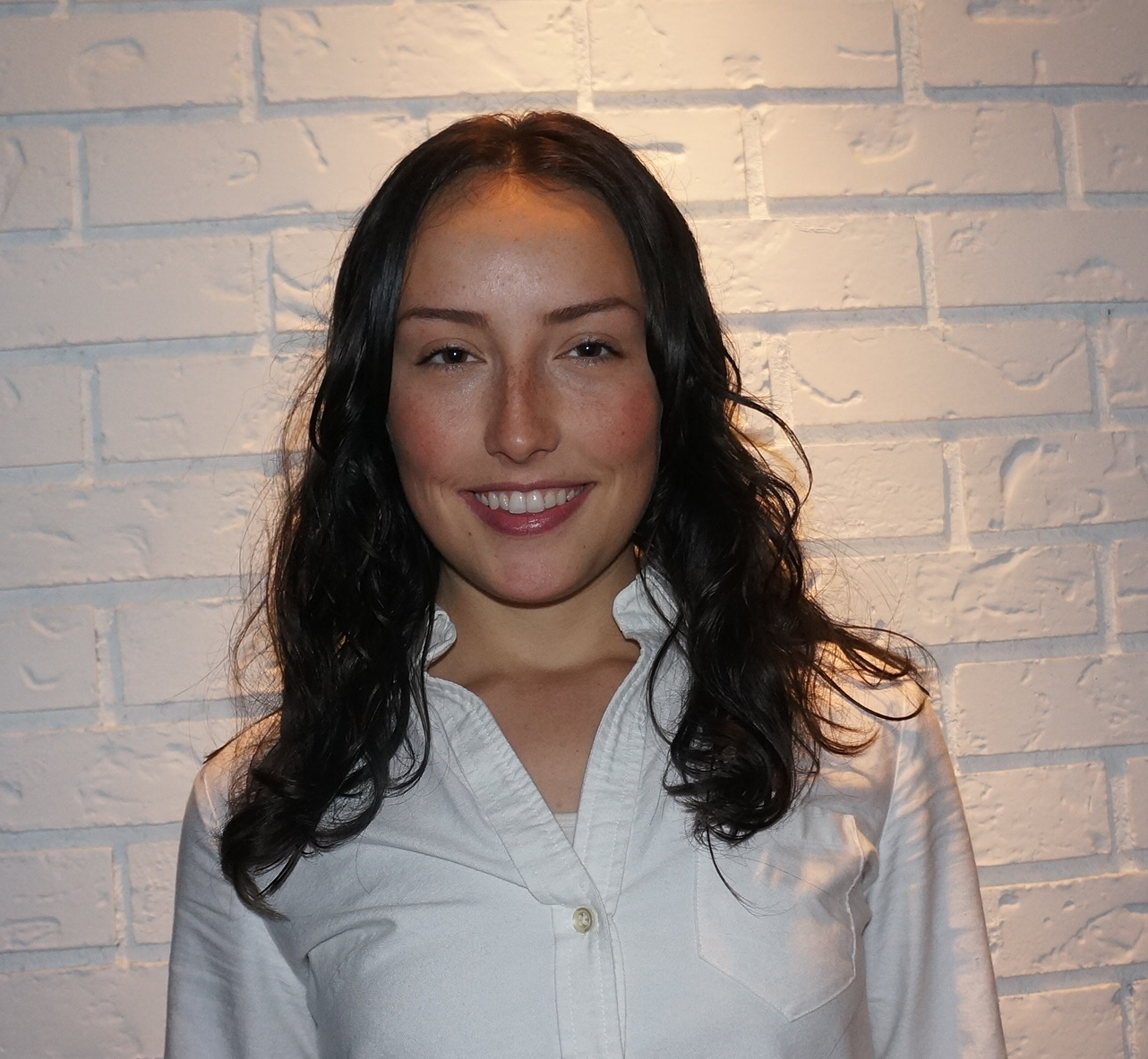
Sophie Major
MA, PhD
Sophie Major is an interdisciplinary PhD candidate, studying and researching across the disciplines of political theory, environmental politics, and Indigenous studies. Their dissertation examines the marginalization of Indigenous people and ... Continue Reading »
- Contemporary Political Theory
- Decolonial Theory and Research Methods
- environmental justice
- History of Political Thought
- Indigenous Studies
- public policy
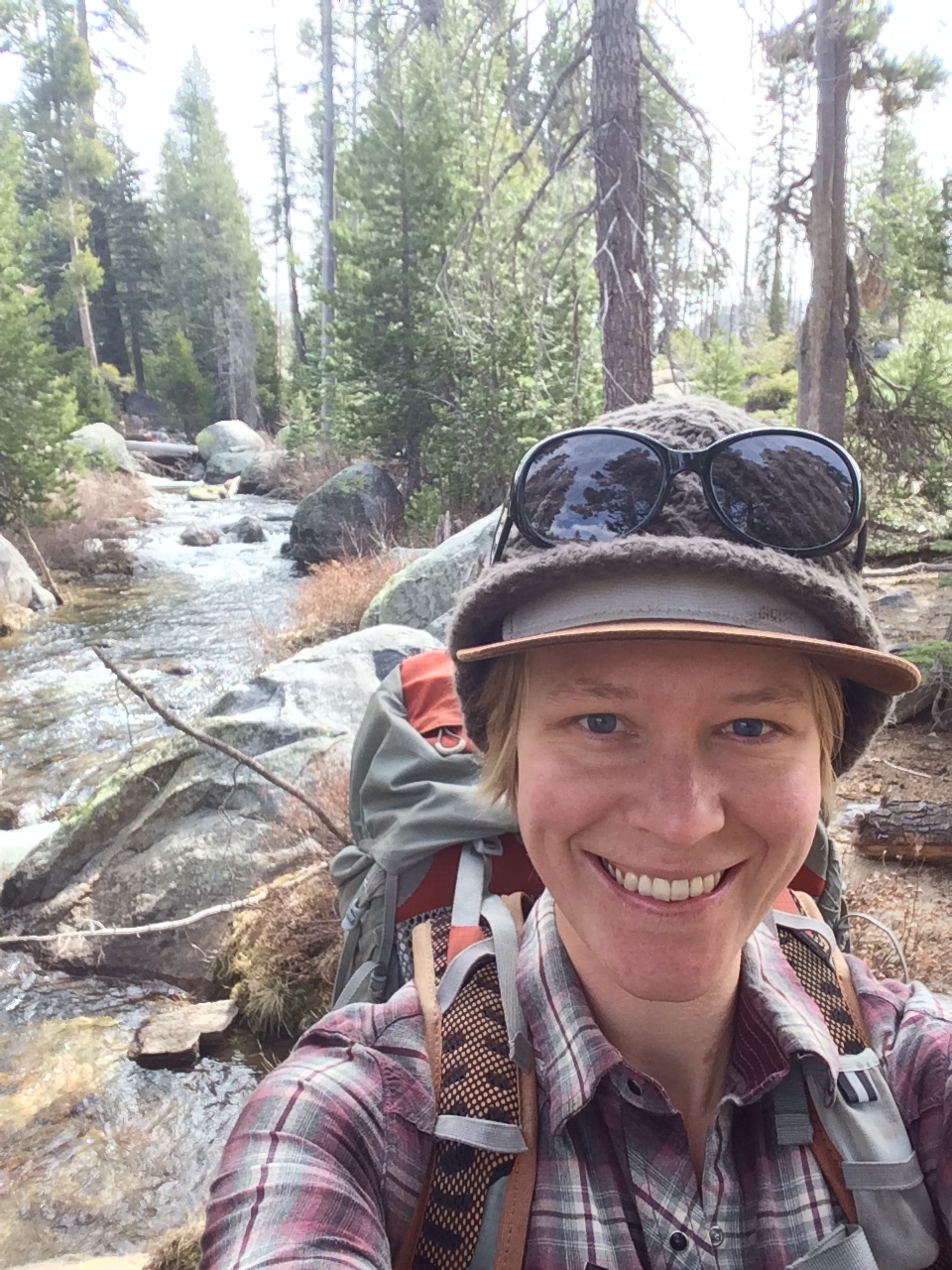
Adrienne Marshall
MS
Adrienne works on climate change adaptation and mitigation in the public and private forests and wild lands of California. She is interested in understanding how the natural resources in these ... Continue Reading »
- California ecosystems
- climate change
- climate change adaptation
- ecology
- Harte Lab
- land use politics
- riparian and aquatic ecosystems
- water

Renee Kuriyan Wittemyer
MA, PhD
"23% fewer women than men are online in developing countries. If no concerted effort is taken, that internet gap is going to grow. When women see role models—people doing things—it enables them and empowers them to think, 'Well, I can do that as well.' And, accessing the internet and using technologies exposes them to an entirely new world," says ERG Alum, Dr. Renee (Kuriyan) Wittemyer. She is Intel's Director of Social Impact.
- information and communication technologies and development
- rural development in India
- technology adoption in developing countries
- technology/society relationships
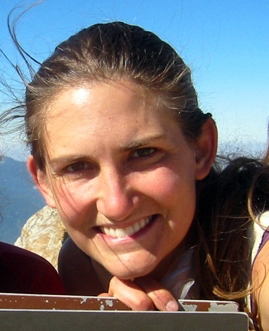
Danielle Svehla Christianson
MS, PhD
At times the problem of understanding phenomena is one of seeing. That is why Danielle explores new ways of demystifying complexity through visual representation. She seeks new techniques to illustrate often-forgotten, yet fundamental dependencies between human society and the natural world. One such technique is terrestrial laser scanning (also known as LIDAR), which she used to create a 3-D model of her ecological study site in the Sierra Nevada. This along with her seedling research seeks to inform the uncertain future of resource management.
News (3 results)
Top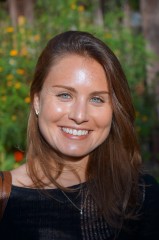
PhD Student Valeri Vasquez Selected for Women in Science Leadership Initiative
September 20, 2018
ERG PhD student Valeri Vasquez will be among 95 women representing 28 countries next year for the Homeward Bound leadership program, a ground-breaking leadership initiative which aims to heighten the influence and ... Continue Reading »
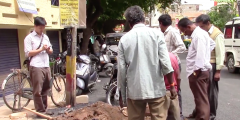
Isha Ray and Chris Hyun Analyze Issues with Water Access Alerts in Bangalore
April 16, 2019
A recent article from UC Berkeley’s Blum Center considers the lessons learned from the trial run of Next drop, an application intended to help residents of Bangalore, India optimize their ... Continue Reading »
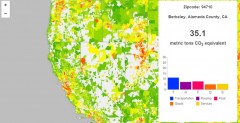
50% of U.S. household carbon footprint Suburban sprawl
January 8, 2014
Chris Jones (ERG PhD) and Prof. Dan Kammen point out that U.S. households are responsible for about 20% of annual worldwide greenhouse gas emissions, which are driving climate change.
Topics (6 results)
Top
Sanjana Tadepalli
MA
Sanjana (she/her) is a Master’s student at ERG. She is interested in climate justice, participatory methods, and environmental communication. Before coming to ERG, Sanjana was a researcher at the Disaster ... Continue Reading »
- climate
- development
- disasters
- Environmental / Climate Equity
- environmental humanities
- ethics
- participation
- Science communication
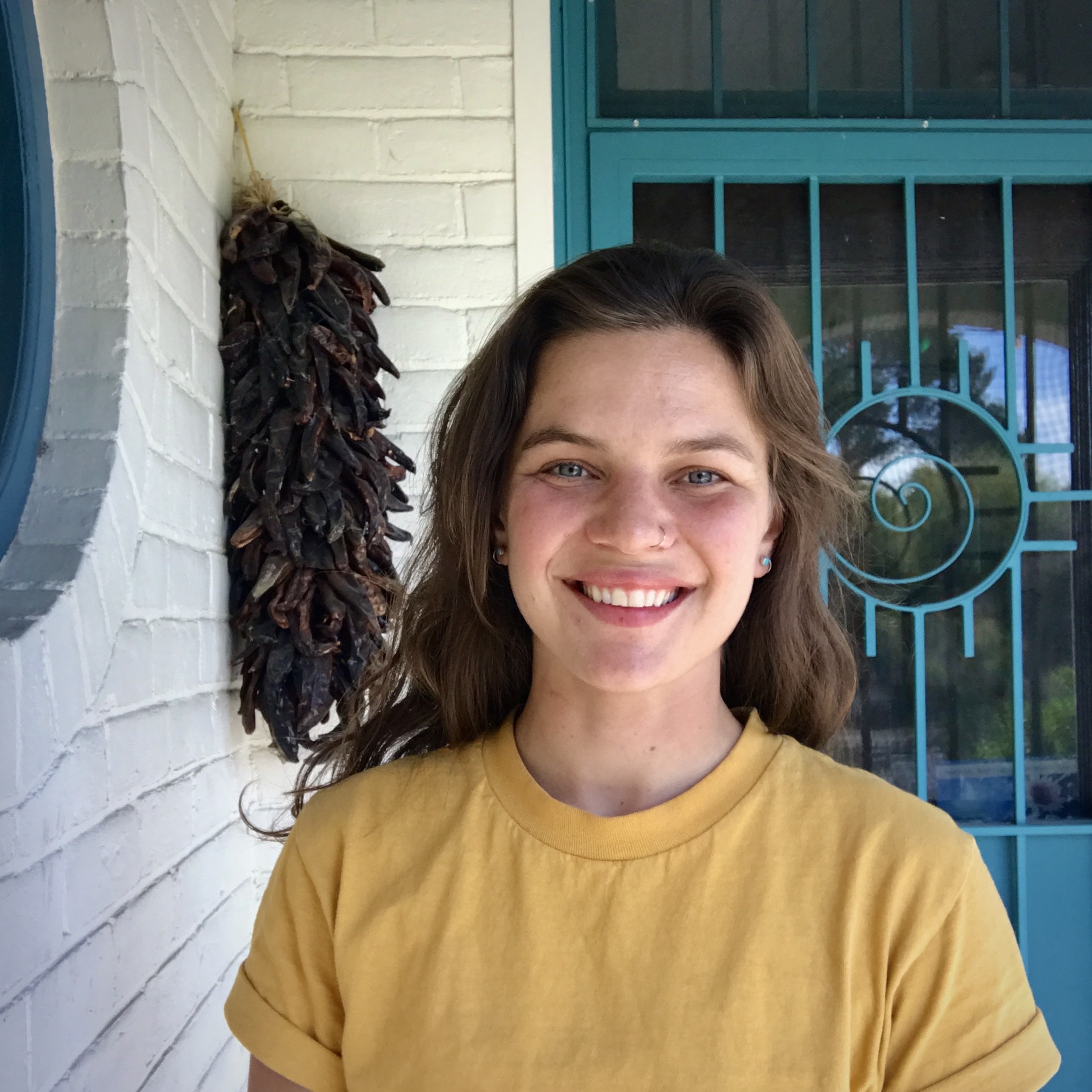
Nancy Freitas
MS, PhD
Arctic Lake Emissions in a Warming World (MS ’20) At ERG, Nancy research focuses on identifying existing gaps in climate science and decision-making. In her master’s research, she used a ... Continue Reading »
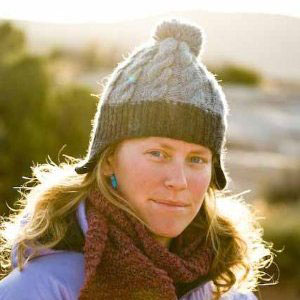
Jessica Reilly
MS, PhD
Jess studies the impact of and adaptation to climate change on Latin America’s coasts. Currently, she travels on her 39-foot sailboat, Oleada, down the Pacific coast of Mexico and Central ... Continue Reading »
- climate adaptation
- coastal resilience
- GIS
- international development
- narratives as science
- renewable energy mapping
- rural resources
- Science communication
- visual media
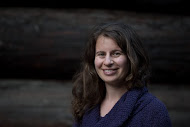
Sasha Harris-Lovett
MS, PhD
Decision Support for Multi-benefit Urban Water Infrastructure (PhD ’18) Sasha Harris-Lovett received a PhD from the Energy and Resources Group in 2018. Her dissertation research focused on urban water and ... Continue Reading »

Tanya Dimitrova
MS
REDD Hot: How One Community Defends its Forest One Carbon Credit at a Time (MS ’14) Tanya was born and grew up in Bulgaria. She came to ERG after a ... Continue Reading »

Danielle Svehla Christianson
MS, PhD
At times the problem of understanding phenomena is one of seeing. That is why Danielle explores new ways of demystifying complexity through visual representation. She seeks new techniques to illustrate often-forgotten, yet fundamental dependencies between human society and the natural world. One such technique is terrestrial laser scanning (also known as LIDAR), which she used to create a 3-D model of her ecological study site in the Sierra Nevada. This along with her seedling research seeks to inform the uncertain future of resource management.